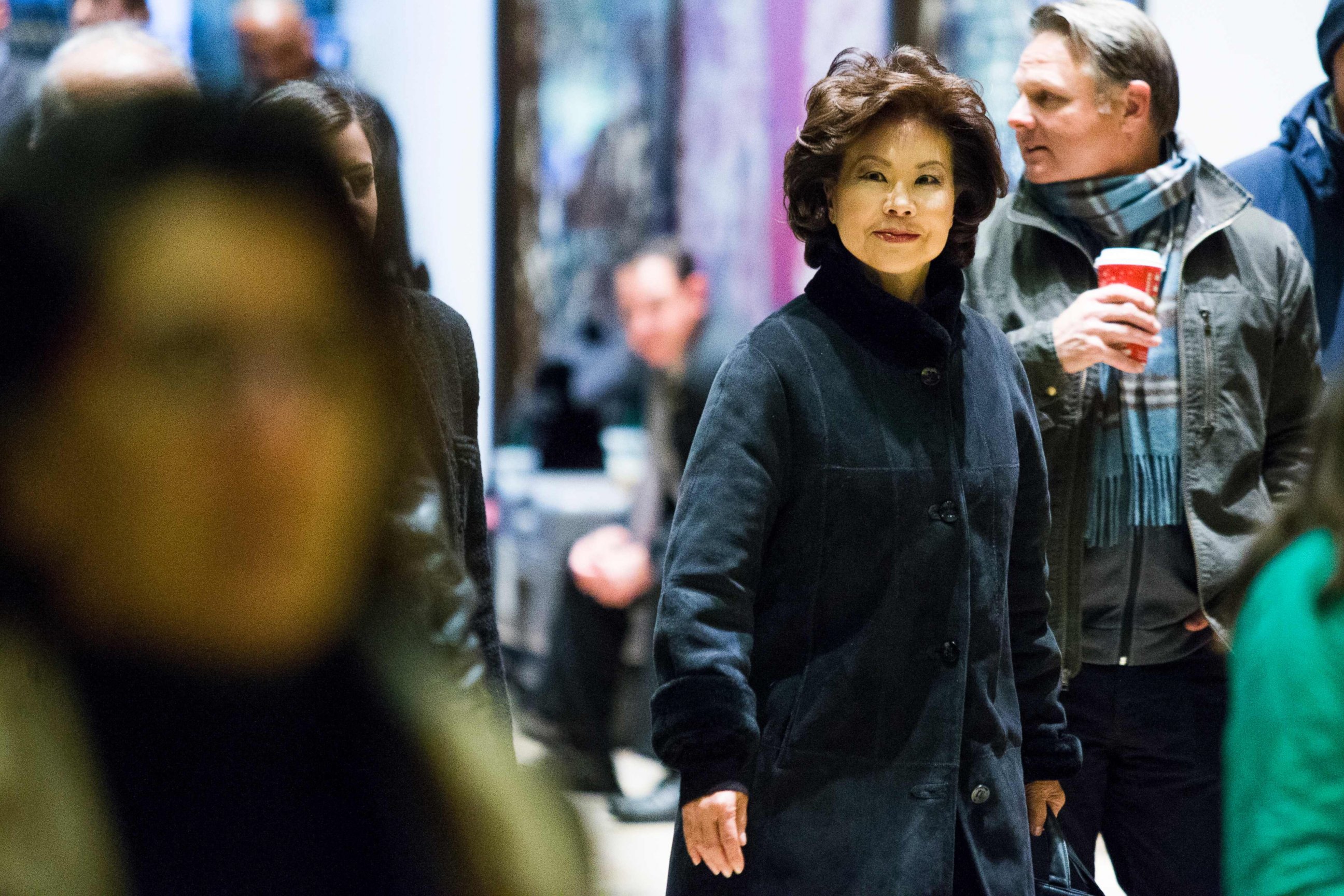What to know about President Trump's infrastructure plan
Trump tweeted about his plan in reference to a deadly train derailment.
— -- President Donald Trump returned to a similar refrain from the campaign trail about improving the nation's infrastructure on Monday just hours after an Amtrak train derailment in Washington state killed at least three people and injured dozens of others.
The need to repair the nation's infrastructure has been a favorite theme of Trump's.
“We are going to fix our inner cities and rebuild our highways, bridges, tunnels, airports,” he said in his election victory speech in November 2016. “We’re going to rebuild our infrastructure, which will become, by the way, second to none.”
Trump's tweet Monday, before even sending his condolences, referred to money spent in the Middle East he believes could've been better spent at home.
Crumbling transportation was a major theme during his presidential bid.
“Our infrastructure is broken,” Trump said in June 2016. “The roadways are so bad. Our bridges are bad. Airports are bad. ... We need to rebuild our country.”
It could be one of the least controversial things he said on the trail.
According to the Federal Highway Safety Administration, nearly 10 percent of America’s bridges, about 60,000, are classified as deficient, and the American Society of Civil Engineers says 32 percent of our major roads are in poor or mediocre condition. AAA estimates that potholes alone cost American drivers $3 billion a year. The Federal Aviation Administration says airport congestion and flight delays cost the country more than $31 billion annually. And the ASCE gives America a D+ for infrastructure.
So two weeks before Election Day, Trump released a plan pledging to spend up to $1 trillion on transportation and infrastructure over the next decade.
The infusion of cash would be spurred by $137 billion in tax credits for construction companies, which, according to Trump advisers would be later repaid through taxes on contractor profits and taxes on wages earned by the workers, making the plan revenue neutral, according to the Trump campaign.
Theoretically, these tax credits would incentivize investors to spend big. (A trillion dollars’ worth of infrastructure would require an initial outlay of about $167 billion, Trump’s advisers said.) That investment would generate thousands of jobs in construction and manufacturing, his campaign said. A Trump administration would seek a “private sector solution to the provision of public infrastructure,” Ross and Navarro wrote.
Trump’s plan criticizes the Obama administration’s expenditures on “endless studies,” “layer upon layer of red tape” and litigation. The White House -- led by the self-proclaimed building expert — would focus instead on finishing projects on time and under budget by streamlining permitting and eliminating wasteful spending, according to the campaign.

“Nobody can build better than I can,” Trump said in answer to a question about infrastructure repair, adding that mending roads and bridges is “not so different” from erecting buildings.
According to GreatAgain.gov, Trump also plans to tackle a number of transportation issues, from eliminating Transportation Security Administration airport security wait times and reforming air traffic control systems to incorporating next-gen vehicles and upgrading water pipelines.
And it’s beginning to sound as if he may be able to get somewhere.
Within hours of Trump’s victory, Rep. Nancy Pelosi — the House minority leader — said a “robust infrastructure jobs bill” could be Trump’s “common ground” with Democrats on the Hill.
Trump's transportation secretary, Elaine Chao, happens to be married to Senate Majority Leader Mitch McConnell. Her appointment led to some speculation that it could give Trump leverage over McConnell’s caucus, which is sometimes uncomfortable with high spending.




